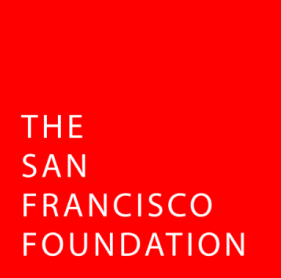
A massive backlog of untested rape kits has long plagued the criminal justice system and undermined efforts to foreground sexual assault as a major problem worthy of serious investigation. Sexual assault survivors and activists have estimated that around 250,000 rape kits remain untested.
Crucially, addressing the backlog isn’t just a matter of garnering convictions and getting sexual assault perpetrators off the streets though that’s certainly part of it. It’s also about justice for survivors, putting issues that disproportionately affect women at the fore, and achieving some degree of increased safety for women and girls. And feminist philanthropy efforts have a direct role to play in achieving all of these goals.
Read More









